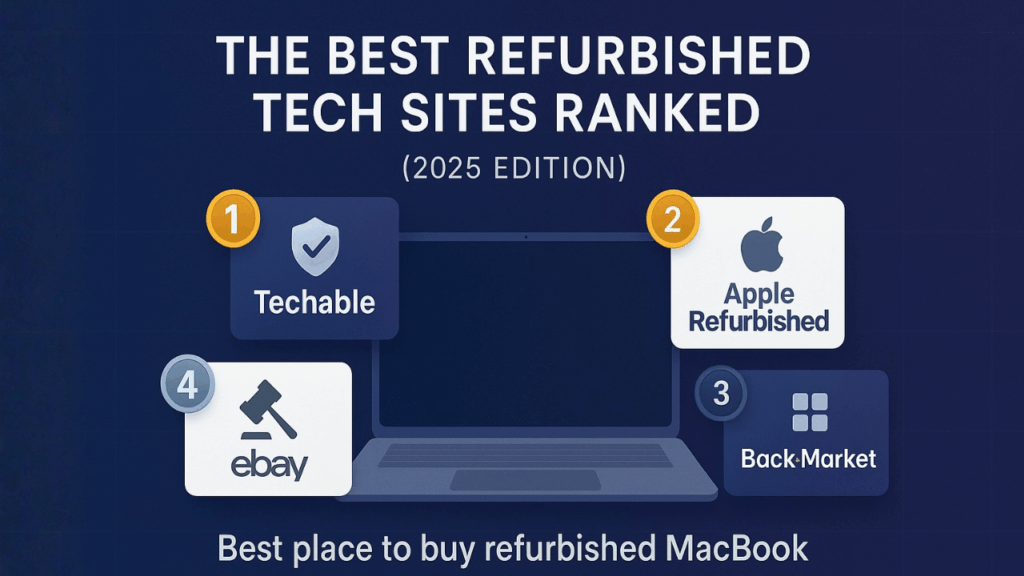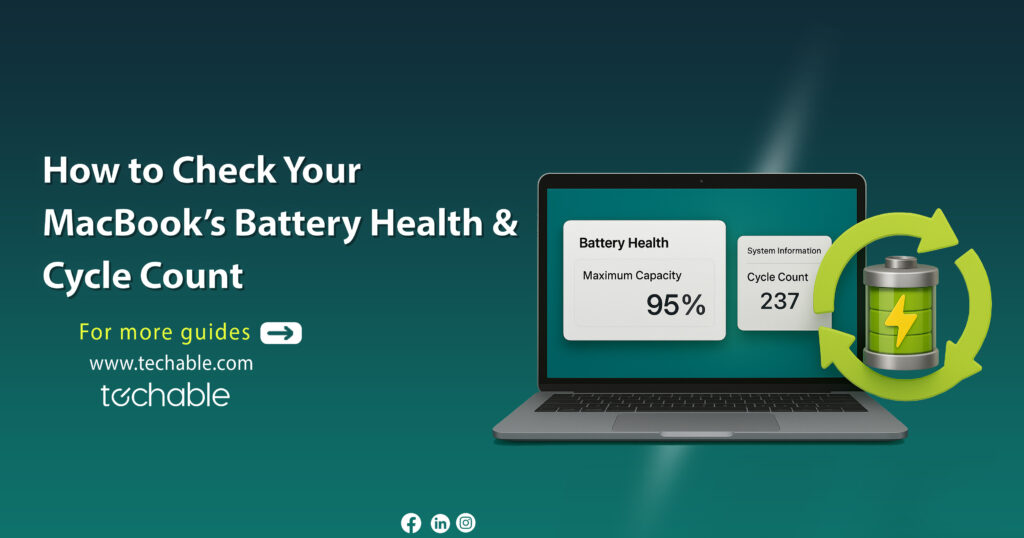Apple is set to introduce macOS 15, the latest major update to its operating system. This update continues Apple’s tradition of annual OS enhancements, aiming to deliver new features and improvements to Mac users. macOS 15 is expected to debut at the Worldwide Developers Conference (WWDC) in June, with a public release scheduled for the fall. This iteration focuses on integrating advanced technologies, potentially including AI enhancements and new productivity tools, to enrich the Mac experience. Further details regarding macOS 15’s features, compatibility, and specific enhancements will be unveiled at the WWDC, marking a significant update for Apple’s desktop operating system.
Key Features and Enhancements
These expected updates, rooted in both speculation and leaks, suggest that macOS 15 will be a substantial leap forward in terms of AI integration and ecosystem unity. As we await official announcements, the potential for these features to transform the macOS experience holds great promise for users eager to explore the next frontier of Apple’s operating system advancements.
1. AI Integrations Across the System
Productivity Boosts in Pages and Keynote: Expect smarter assistance with content creation, thanks to AI-driven features such as auto-summarizing and enhanced auto-complete functionalities. This could significantly streamline workflows and enhance productivity for users of Apple’s flagship productivity apps.
Siri Improvements: Siri is rumored to receive a major overhaul, making interactions more natural and conversational. This includes a better understanding of user queries and a more personalized experience.
Apple Music and iWork Suite Enhancements: Look out for AI-powered playlist creation in Apple Music and smarter document handling in the iWork suite, offering a more intuitive and efficient user experience.
2. Streamlined OS Versioning
To unify its ecosystem further, Apple may align macOS 15’s versioning with that of iOS 18 and iPadOS 18. This move could simplify the understanding of Apple’s OS ecosystem for users and highlight the seamless integration across devices.
3. App-Specific Updates
Freeform App Enhancements: The collaborative whiteboard app might see new features to improve board navigation and user collaboration, making it an even more powerful tool for brainstorming and project planning.
Health and Fitness Data Management: macOS 15 could introduce new functionalities for managing health and fitness data, signaling Apple’s continued commitment to promoting user well-being through its ecosystem.
4. Enhancing Mac and Vision Pro Synergy
With the previous macOS iteration offering limited new functionalities for Mac-iPad collaborations, Apple appears to be shifting its focus towards a deeper integration of its macOS environment with Vision Pro. The goal seems to be leveraging Vision Pro’s productivity capabilities within visionOS to enrich the macOS experience in several innovative ways:
Expanding Virtual Display Capabilities: By connecting Vision Pro to a Mac, users can anticipate an enriched multi-display environment, offering more space and flexibility for multitasking and creative projects.
Boosting iWork Productivity: The synergy between Vision Pro and Mac is also expected to streamline workflows within the iWork suite, enhancing productivity through optimized features and interactions when paired with a Mac.
This strategic move aims to unlock new productivity horizons, fostering a seamless interaction between macOS and Vision Pro that could redefine the user experience across Apple’s ecosystem.
Device Compatibility
As Apple unveils macOS 15, a key question on many users’ minds is which Mac models will be compatible with the new operating system. Based on patterns observed in previous updates and insights from industry sources, here’s what we can anticipate regarding device compatibility:
Transition from Intel to Apple Silicon: macOS 15’s release continues Apple’s strategic shift towards its own Apple Silicon processors, marking a significant transition from Intel-based Macs. This move is expected to influence compatibility, with a focus on optimizing performance for Macs running Apple’s in-house chips.
Expected Compatible Models: While the official list will be confirmed at WWDC 2024, it’s predicted that most Mac models introduced in the last five years will support macOS 15. This includes:
- 2019 iMac and later
- 2017 iMac Pro
- 2018 MacBook Air and later
- 2018 MacBook Pro and later
- 2019 Mac Pro and later
- 2018 Mac mini and later
- 2022 Mac Studio and later
macOS 15 Potential Names
Apple has a long-standing tradition of naming its macOS versions after California landmarks, a practice that not only celebrates the company’s heritage but also adds a unique character to each update. For macOS 15, speculation and curiosity abound regarding the choice of name. Potential candidates, derived from trademarks and rumors, include:
- Diablo
- Condor
- Tiburon
- Farallon
- Miramar
- Rincon
- Pacific
- Redwood
- Shasta
- Grizzly
- Skyline
- Redtail
- Sequoia
macOS 15 Release Timeline: What We Know So Far
macOS 15 is expected to make its first official appearance at WWDC 2024, which traditionally occurs in early June. This event is where Apple showcases its latest software developments, setting the stage for the next wave of updates.
The final, public release of macOS 15 is anticipated for the fall, typically around September or October. This release schedule aligns with Apple’s pattern of rolling out major software updates following the beta testing period.


















0 Comments